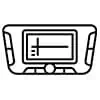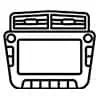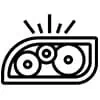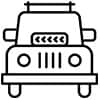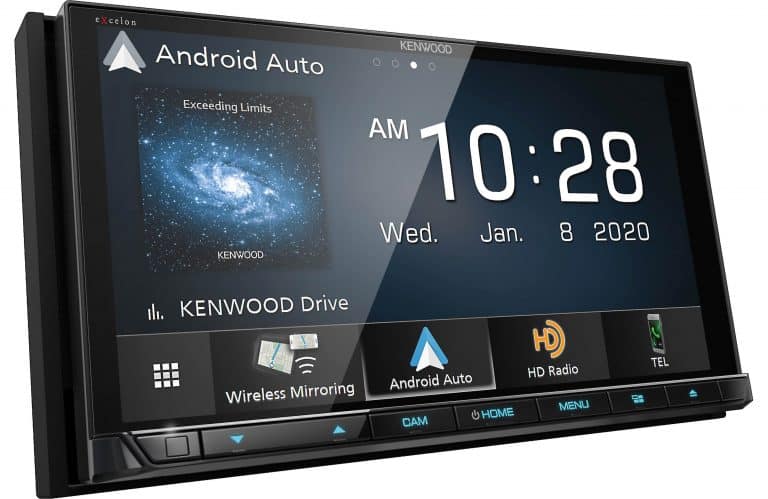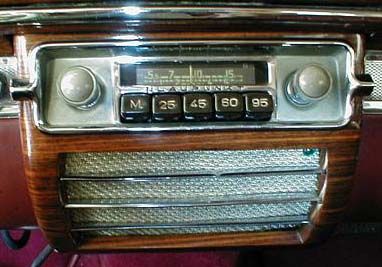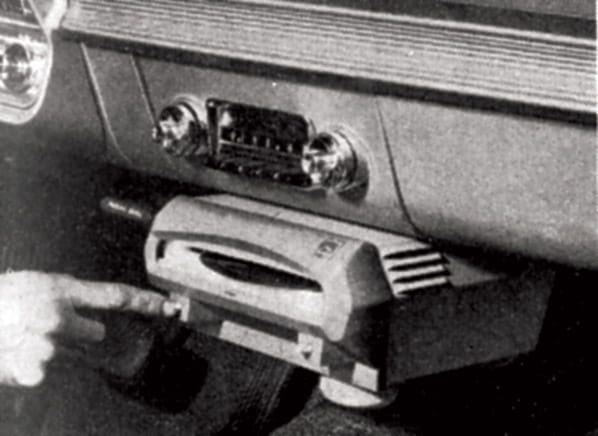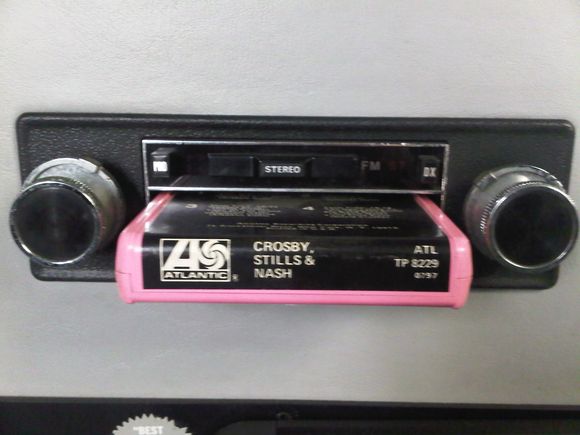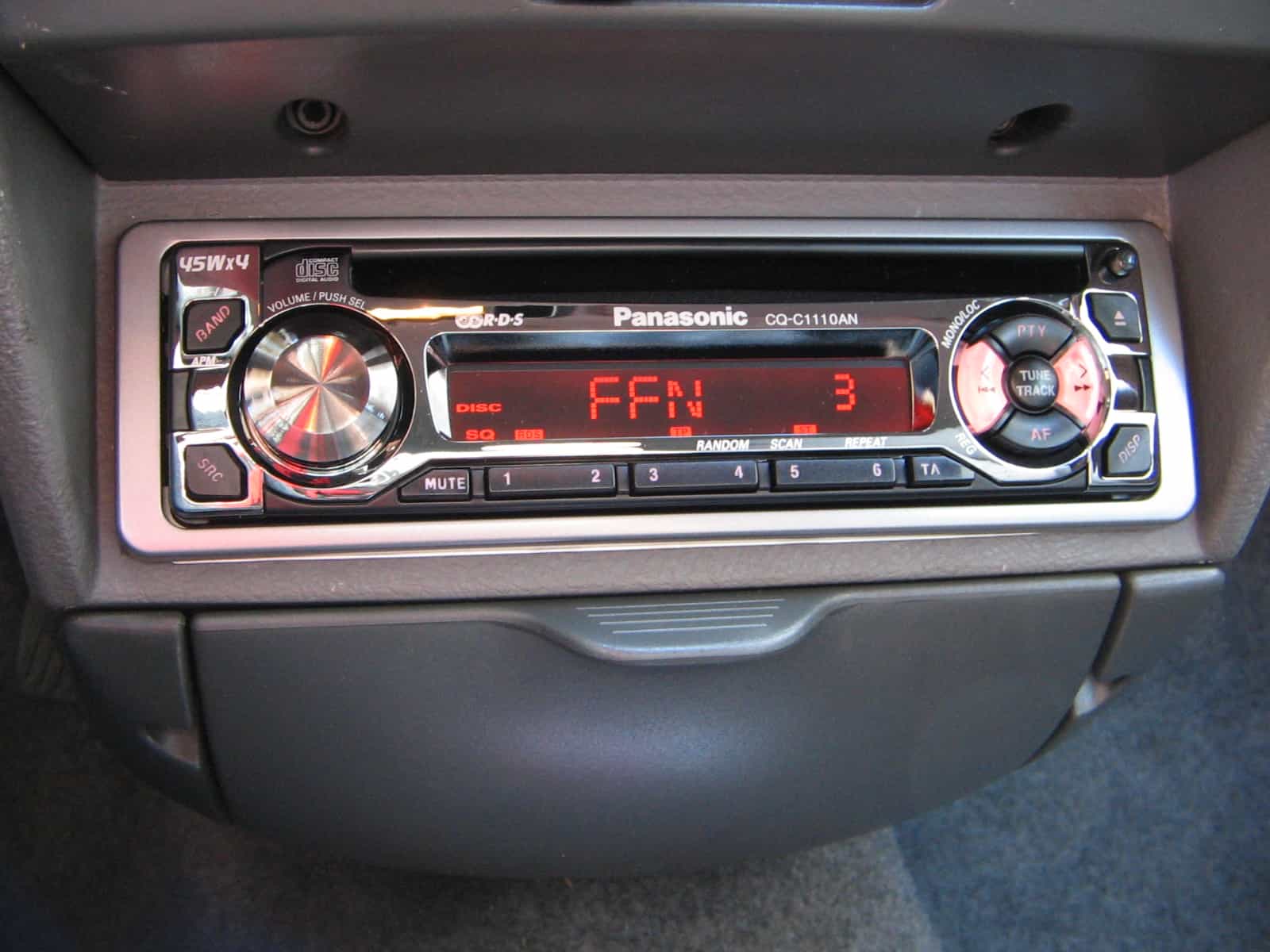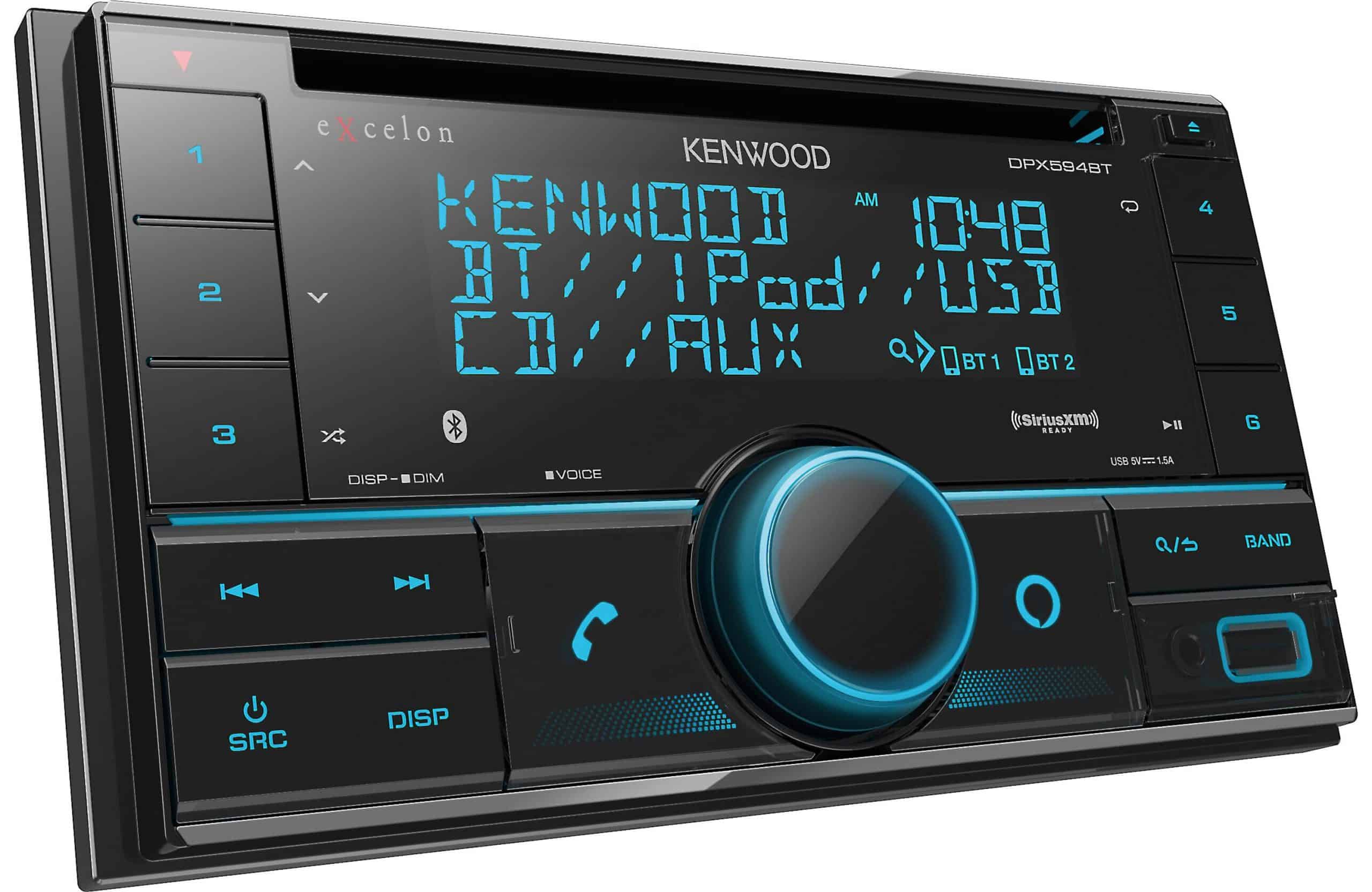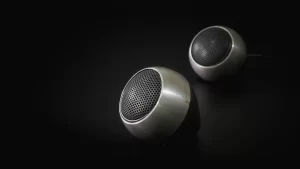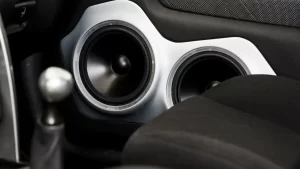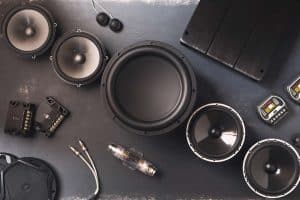Car audio systems have come an extended way since taking note of your favorite radio tunes within the days of Leave it to Beaver. While car audio systems evolve every decade approximately, the thought remains similar throughout its history.
The system consists of a tuning or adjusting device attached to the dashboard and a loudspeaker meant to deliver sound. apart from these fundamentals, the way we hear music in an automobile looks nothing love it did when car audio was first introduced, or maybe what they seemed like 10 years ago for that matter.
From MP3 players and CDs to the prehistoric audio cassettes tapes that were once predominant; as models change, the way we hear music in our cars is adjusted accordingly to a car’s sound system. With the advancement in digital technology through the ever-present iPod, the way we might hear music in our cars would essentially be taken out of the dashboard and into your pocket, and eventually your phone. So, where did this all begin?
The Beginning: Car Audio Systems from the 1930s
In 1930, early car radios were first introduced by two entrepreneurial brothers, Paul and Joseph Galvin. The Galvin’s named their first radio the Motorola, a mixture of the words “automotive” and “Victrola” (the early name for machines that played records). Eventually, the Galvins’ early company, evolved into the telecommunications giant Motorola Inc.
The Galvin car radio costs $130, like roughly $1,500 nowadays. The system used vacuum tubes powered by one battery and counting on your location; you’ll hear the hits of the day on a hissy AM radio. The AM radio remained the quality in America until the first 1950s.
In 1952, a German company, Blaupunkt, released the primary ever FM radio that was also car-ready. A year later, Becker’s Mexico would introduce an AM/FM radio which might become the vehicle standard for several years to return.
Trial and Error: 1950s and 60s
The 1950s saw a growing versatility within the way music was being heard within the automobile. With this came tons of experimentation and a few noteworthy attempts at blasting tunes during a moving vehicle.
In 1956, Chrysler introduced the primary (and only) in-car phonograph, named the Highway Hi-Fi. The phonograph was equipped with a miniature turntable mounted on a rock bottom dash on the passenger’s side, directly connected to the car’s electronic system.
Chrysler-made 7-inch records, all under a sealed instrument from Columbia Records that would be played by flipping a switch which enabled the turntable to slip out from under the dash. Although interesting, Chrysler’s Highway Hi-Fi didn’t work alright since the record skipped whenever there was even the slightest bump on the road.
After Chrysler’s failure, no further attempts at changing the way people listened to music in cars occurred until the first 1960s. The breakthrough, which might establish the quality in audio-car systems for subsequent 25 years, came when engineer and entrepreneur, Earl “Madman” Muntz, pioneered a replacement system supported 4-track technology utilized in audio recordings.
Originally called the Stereo-Pak, Earl was quick to understand the potential for 4-track cartridge technology for car stereos since the track wouldn’t skip.
He developed the Autostereo, brilliantly advertised through a marketing campaign that fit into the swing of the first 60s. For the primary time in history, drivers had the liberty to pick their own listening experience.
Improvements and expansions on Muntz’ original idea were quickly developed, including the 8-track cartridge system (developed by the one among the inventors who had worked on the first Motorola nearly three decades earlier).
By 1964, Phillips launched the primary ever compact cassette, albeit it might not gain in popularity until much later, because the more cumbersome 8-track would become the quality for nearly a decade thanks to its simplicity and low cost.
The Age of Cassette Tapes: 1970s and 80s
Slowly but surely, the smaller cassette tapes quality improved, eventually replacing the larger 8-track. With the arrival of the Walkman, developed by Sony in 1979, Cassette tapes became the quality, as an individually-created playlist might be made for the primary time.
By the late 1970s, the necessity to pump up the quantity also took hold, and other people began to wonder why in-car stereo systems were limited to single-speaker, monophonic systems. Also, car manufacturers began promoting the choice of customization of the vehicle before purchase.
For the primary time, audio systems as a full spectrum listening experience came into focus. But the event of in-car systems happened slowly.
First car companies began selling higher-quality speakers that drivers could install themselves, additionally to pull-out cassette receivers. Eventually, cars quickly developed room for multiple speakers mounted throughout the car’s interior.
This led thanks to breakthroughs within the quality of sound systems which came closer to the output capabilities of at-home speaker systems. Pioneer would first introduce their Supertuner, equipped with advanced circuitry, reception, and tuning capabilities in 1976. This advancement came at an equivalent time highly customizable aftermarket systems began to seem.
Compact Disc Revolution: Late 80s and 1990s
By the first 80s, even as everyone got comfortable with their audio set-ups, Philips and Sony began developing the prototype for the 90s-ubiquitous compact disk or CD, marketed commercially for home use starting in 1982.
Pioneer developed the primary ever car CD player in 1984: the CDX-1. The CDX-1 sharply improved sound quality compared to anything on the market. The CDX-1 instantly became an enormous hit thanks to its crystal-clear sound and skill to track-skip.
The public liked the very fact that the sound quality of CDs, unlike in cassette recordings, didn’t wear out over time.
By the mid-90s, multi-disc CD changers gave listeners the power to modify between 10 CDs at a time. A cultural phenomenon to realize ultimate sonic experiences took hold with elaborate, customizable sound systems.
Digital and Beyond: 2000 – Present
By the year 2000, MP3 Players, with their ability to store thousands of hours of songs on one single portable device, revolutionized the way people considered taking note of music.
By the mid-2000s, in-car audio systems developed the potential to attach MP3s to the prevailing vehicle sound systems.
Using USBs, Bluetooth, or an aux cord, the way we might select what to concentrate on would never be an equivalent. increase this Satellite radio and streaming services like Spotify and Pandora, companies offered increasingly varied methods of getting the music we would like once we wanted it.
Construction and Customization
Aftermarket customization remains crucial in developing a system that stands out from the norm; anyone can have the system that they desire. the method of creating an aftermarket car-audio system is a component of an intricate and sophisticated method of assembling various parts to fit your listening desires.
The advent of the utilization of hotmelt adhesives helped support the public’s appetite for customized systems.
Although there is a number of applications for decent melt adhesives in car manufacturing, adhesive and sealant applications tend to be wont to install parts for audio and radio, including additional components, also on attach plastic trim and wiring.
On average, vehicles use a complete of 15kg of high-quality adhesives to assemble vehicles today!
Typically either performed by human hands or by that of a production line, the installation of the vehicle’s sound system begins with the sanding of the marked outline of the most console, speakers, subwoofers, and therefore the rest.
After this is often done, administering hot melt adhesive along the outlines ensures an in-depth, tight fit. Assemblers always confirm the plate/speakers are exactly over their designated place and held for a specified, elongated period. Parts are held fast to the door lining until the adhesive hardens.
It’s also common for car assembly manufacturers to use screwed joints to assemble audio systems. Lining up the parts to their designated place, screwing the joints, and administering hot melt adhesive to the plate’s edges ensures all pieces of the sound system are properly installed and prepared for the subsequent steps of the assembly process.



